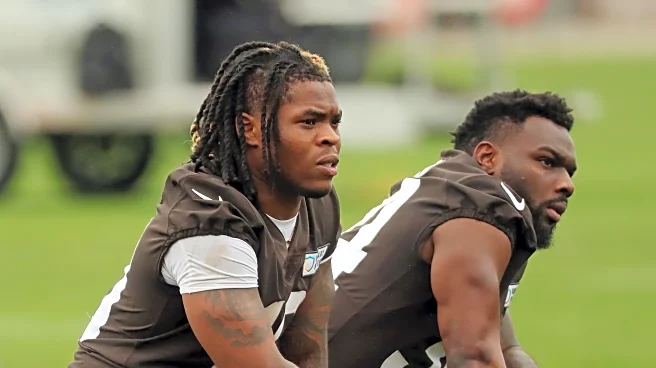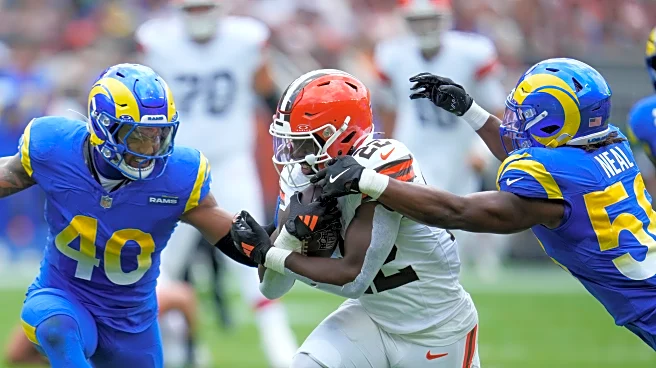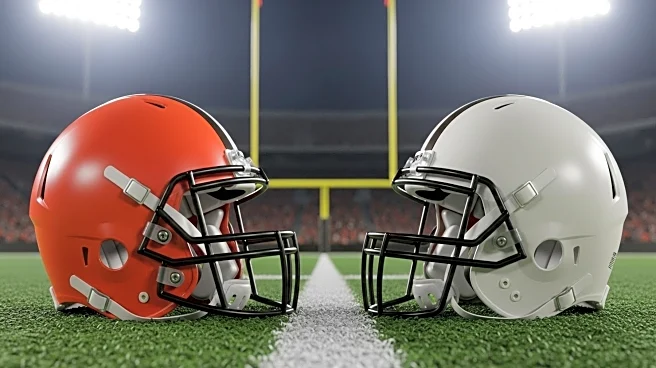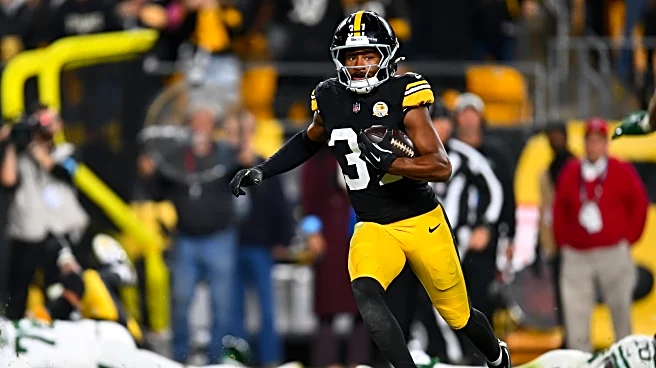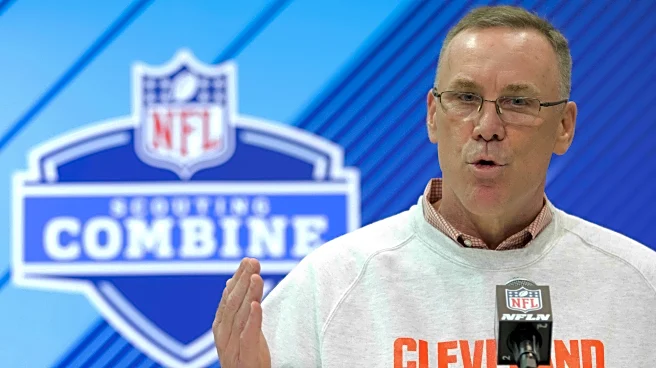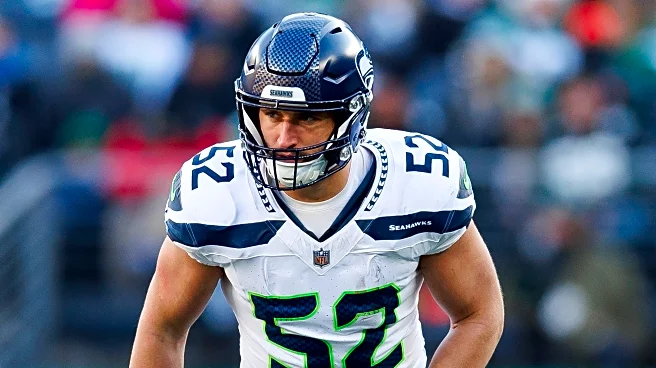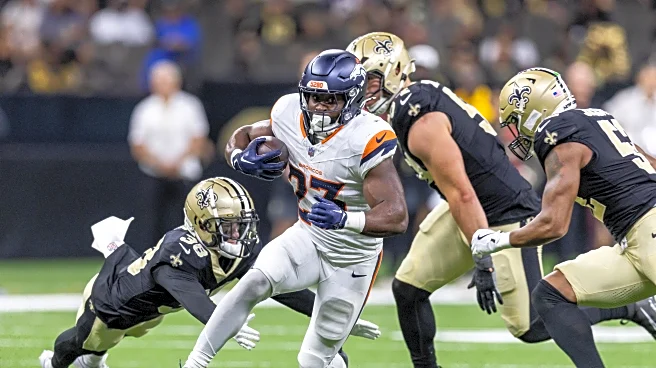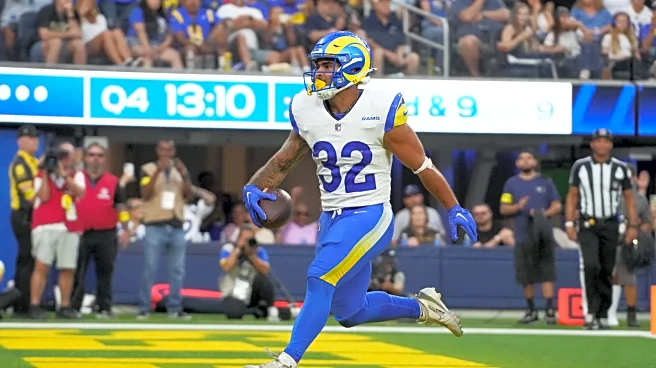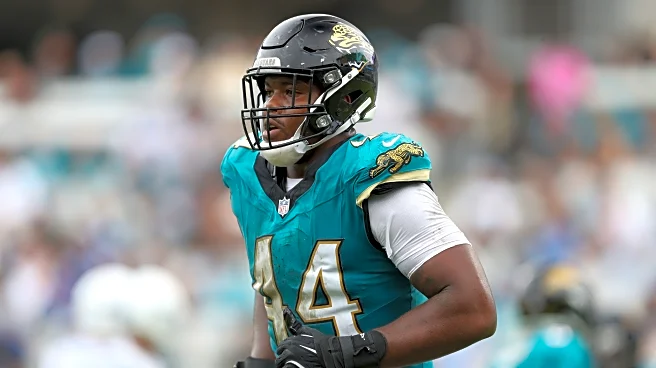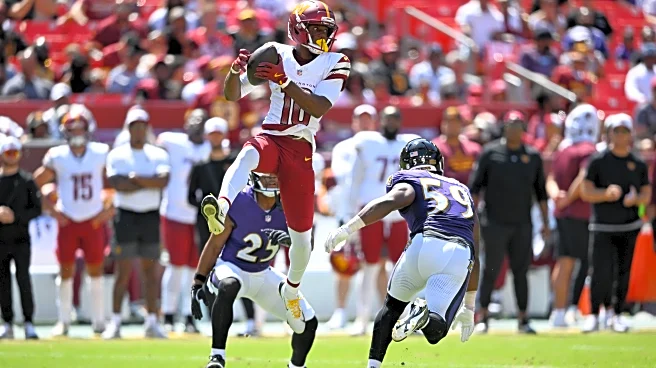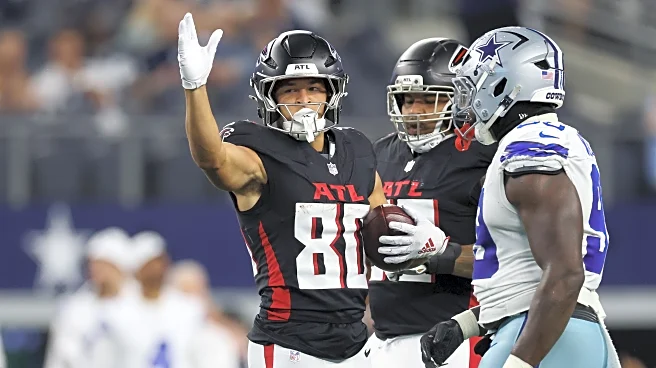
When Kevin Stefanski was hired as the Cleveland Browns’ new head coach back in 2020, he was hired for his offensive prowess and knowledge.
He was responsible for bringing the stagnant Browns offense to life from the disaster of former head coach Freddie Kitchens and developing a method to score lots of points. In today’s NFL landscape, placing 17 points on the board each game won’t cut it. Stefanski was supposed to be the answer to an offensive attack that had no direction.
RELATED: BROWNS MAKE TWO
WAIVER CLAIMS
And right off, Stefanski had a lot of success. His offense was tight end-heavy, which helped the run game with extra blockers and big receivers who could find soft patches in the middle for medium gains and convert first downs.

Stefanski also inherited an offense that already had running backs Nick Chubb and newly signed D’Ernest Johnson, who had been the leading rusher of the defunct AAF, plus grabbing Kareem Hunt. Baker Mayfield had been installed as the new quarterback after being taken first overall in the 2018 NFL draft. And the offensive line had been built into an improving group with Joel Bitonio, Chris Hubbard, Wyatt Teller, and J.C. Tretter.
Under Kitchens, Cleveland was ranked 12th in rushing yards (1,901). In Stefanski’s first year, the Browns ranked third in the league behind the Baltimore Ravens and Tennessee Titans.
For his efforts, Stefanski was voted NFL Coach of the Year as Cleveland went from a 6-10-0 record to 11-5-0 and their first playoff berth since bread was available as pre-sliced and everyone owned a rotary phone (only slight hyperbole).
The key to all this was the running back room. Chubb was an exceptional back that harkened back to the days when NFL clubs featured one guy like Emmitt Smith, Barry Sanders, Eric Dickerson, or Earl Campbell. Chubb was that type of dominant RB who could be utilized 25-30 times a game. Plus, Chubb was a great blocker and had excellent hands, which helped the passing attack tremendously.
Hunt had been the NFL rushing leader before his expulsion from the Kansas City Chiefswhile Johnson was an excellent change-of-pace option who, when sparingly counted on to be featured in a starting role, came through and was productive.
Two words: A truly great running back room. Okay, that’s six words, but “great room” sounded like a furniture store.
The offensive line at the time made it plausible, but the actual running backs made it exceptional. The key to all this was Chubb being an amazing back.
Fast forward
So, now here it is, 2025. Stefanski won another Coach of the Year award back in 2023 when he piecemealed an offense that was led by five different starting quarterbacks. He also patched an offensive line that lost almost every Week 1 starter. Well, O-Line Bill Callahan did his usual magic with the offensive line, so let’s make that correction. (Callahan has since departed.)
As Browns fans and those who cover the Browns, we all love Chubb. Even though the Cleveland brass decided to allow him to seek employment elsewhere, we still love Chubb and will root for him to regain his former self and become the dominant back we all enjoyed. Against the Browns, we will cheer him on to a 200-yard rushing game as long as the Houston Texans don’t win. That is how deep our devotion to Nick Chubb is.
But a look at the current Browns roster reveals a disturbing aspect: there isn’t a stud running back. The bellcow is missing. It’s a room of complementary running backs, not candidates for a league leader that consistently ranks each week in the Top-5.

Jerome Ford (5’-10”, 210 pounds) will start. This is already trouble. When he was drafted in the fifth round in 2022, the idea was as a complement to Chubb. Somebody to give Chubb a blow for a few plays.
When Chubb went down in 2023 with a destroyed knee, it was Ford who filled in the remainder of the year and started the final 12 games. Did he light up the league? 204 carries for 813 yards and four touchdowns. He did have 37 receptions for 225 yards, but didn’t score. His average carry was 5.4 yards and 6.1 yards per reception. An average of 67.75 yards per game was his output when he was suddenly the main back and knowing he would be getting the bulk of carries for the remainder of the year.
Pretty pedestrian.
More importantly, Ford’s performance has been inconsistent. In short yardage situations, he isn’t the guy who will get those hard-fought two yards. Last year, in 104 rushing attempts and 37 pass receptions, he had just five broken tackles. Five. Hold on a sec: yeah, still five.
And yet, he is the Browns’ featured back this year.
Stefanski has preached all offseason that the Browns will get back to their roots and have a dominant rushing attack. The good news is that the offensive line that was ranked #3 just a few short years ago is mostly intact. Take out OT Jed Wills and insert OT Dawand Jones, and the front nameplates are the same. And we all know that Jones for Wills is an upgrade.
Without an elite offensive line, obviously, the run game would suffer. Cleveland doesn’t have this concern whatsoever, and in fact, the rushing attack is poised to have a banner year because of the men up front and really good blocking tight ends on hand, such as Blake Whiteheart.
By offering Ford as the main back, can he alone take this team to the promised land? Or is he above-average? Oftentimes, he is too reliant on the big play and is devoid of great vision. He likes to dance too much when holes open up instead of selecting his gap and giving a burst through them. The offensive line can’t hold guys up forever, so when a hole expands, Ford needs to recognize this and go.
Ford isn’t chopped liver, but is this offense really ready to start him?
Part two: A great running back. Oops. It’s like having the most expensive blender on the market, and then using strawberries with mold on them, coupled with cheap rum. The daiquiris just aren’t going to cut it, but they look appetizing.

Dylan Sampson (5’-8”, 200 pounds) will become a really nice complementary back who offers a lot, but first off, he is a rookie. Secondly, he isn’t a featured back. At least, not in this league, and not at this juncture. Maybe next year, or the season after that. And that’s a maybe. He is more of a skat back who has great speed and will help in the passing game. But he is not built for 28 carries a game.
Sampson, paired with Chubb in his prime, would have been a sight to see. Cleveland legend Jim Brown once stated that what worked best was for the offense to have a big dude, complemented by a little dude who was fast.
Well, the “little dude that was fast” is already in place. Where is the big dude? The starting RB in Houston?
Of course, the Wild Card to all this is Quinshon Judkins (6’-0”, 221 pounds). He was selected in the second round with the 36th pick to become Chubb’s replacement, and in the few practices he has been involved with, he has looked the part of the bellcow performer.
Berry had his pick of running backs in the draft and selected Judkins. Still on the board were R.J. Harvey, TreVeyon Henderson, Kaleb Johnson, Jarquez Hunter, and Trevor Etienne.
But can we say this out loud?
The problems with this young dude just keep being amplified and have now become a list. First the domestic violence allegation. Now that his legal issues have been resolved, his 4.48 speed means nothing if he doesn’t sign his contract and get involved with this roster. Studying the playbook alone is a huge undertaking. When he finally does show up, what does his quarterback tell him in the huddle? “Hey, Q. Go to the Buick and hang a left.”
This Browns team could have a proficient offensive attack if it had a main running back who would strike fear into a defense.
Pierre Strong, Jr. (5’-11”, 215 pounds) is another compliment back that should have gotten meaningful touches, but was released instead. He was an excellent gunner on the punt team, one of the league’s best.
After the “initial” roster was formulated, Cleveland claimed Raheim “Rocket” Sanders (6’-0”, 230 pounds) off waivers from the Los Angeles Chargers. He has good hands, but has problems with bigger linebackers who blitz, but he does at least get in their way. Again, not the offense’s main running back.
Also, a pair of running backs have been added to the practice squad who were both training camp participants: Ahmani Marshall (6’-2”, 220 pounds) and Trayveon Williams (5’-9”, 200 pounds).
Wrap-up
If the Browns continue down the path they have mapped out, most likely, the resurgence in a dominating running attack isn’t going to happen.
If the offensive line remains healthy without any new bodies being inserted, Cleveland has a good chance to control the tempo of games. And whoever is running the rock for them will get yardage and make plays, but their impact will be minimal without a ton of skill and that “something extra” that most stud running backs were born with and can’t be coached.
The lack of that bust-out running back at this juncture is concerning. It’s a deal-buster and will become a season-long conversation without a solution. It’s the leaky faucet in the upstairs bathroom that nobody takes a look at. The fact that the Browns selected not one but two running backs in this year’s NFL draft should have solved this group.
And yet, here we are.

More than likely, Judkins should change the narrative despite his rookie status. Whatever his issue is with his contract needs to be settled yesterday instead of next month.
Otherwise, it will be another long, frustrating season where the defense plays most of the game’s snaps. Just like last year.
